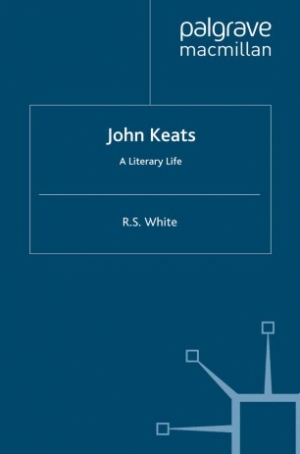Peter Otto
In Elements of Criticism (1762), the Scottish philosopher Lord Kames writes of the remarkable congruence between real presence, the product of our ‘external senses’, and ideal presence, which appears when art presents something so vividly to our ‘internal’ senses that we forget that it is not actually before us. Ideal presence, he writes, is like a‘waking dream’, the appearances of which are indistinguishable from real presence while we are within its spaces. For readers who associate immersive realities with modern digital media, Kames’s argument is surprising, even though it could be argued that in the twenty-first century literature is still the most powerful medium available for producing immersive realities. Kames assumes that literature’s ‘waking dreams’ will be judged by the standards of the actual world; but as early as the last decades of the eighteenth century and first decades of the next, the development of genres such as Gothic fictions, coupled with the emergence of new entertainment media such as the panorama and phantasmagoria, had drawn attention to the extent to which ideal realities – ‘fictitious entities’ and ‘imaginary nonentities’, in Jeremy Bentham’s terminology – could shape rather than simply represent the real. This is the cultural context in which Keats’s life (1795–1821), dilemmas and oeuvre make sense.
... (read more)
